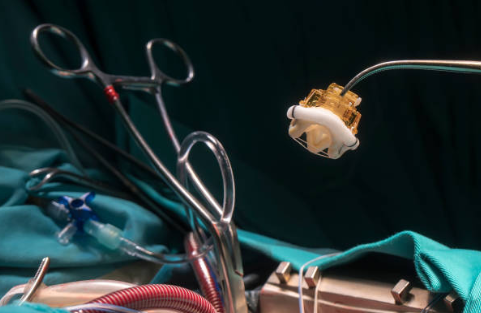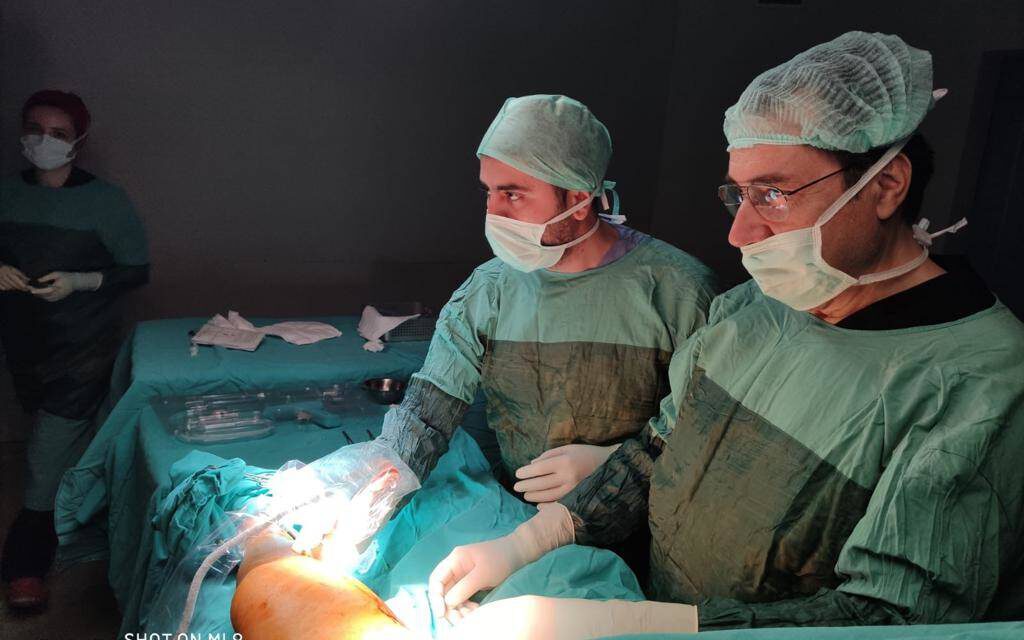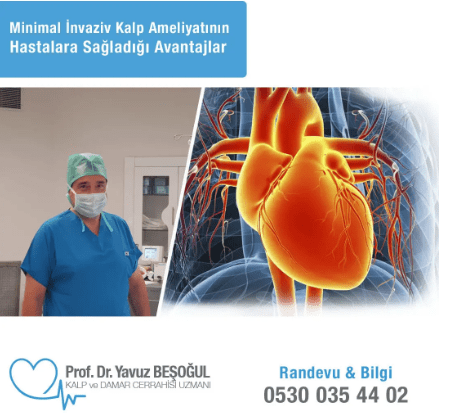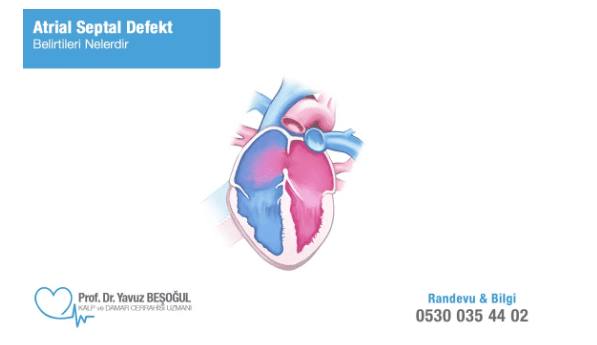Ballooning in areas where the wall of the aorta, the largest vessel in the body, is weak is called aortic aneurysm. The risk of aortic aneurysm increases with age and is more common in patients with atherosclerosis. Aortic Aneurysm Symptoms An aneurysm developing in the aorta may not cause any serious symptoms in the initial period. For this reason, it is very difficult to detect aortic aneurysm in the first stage. In the future...
Prof. Dr. Yavuz BeşoğulAll Articles
Cardiovascular Surgery Specialist
AllFrom the pressGeneral
VSD Ameliyatı
VSD Ameliyatı Nedir? VSD ameliyatı, iki karıncık arasındaki delikleri kapatmak için yapılır. Kalbin sağ ve sol karıncıkları arasındaki duvarda bulunan bu delik, kanın içinde yanlış yönde akmasına yol açabilir. VSD, doğuştan gelen bir kalp rahatsızlığıdır ve tedavi edilmediğinde kalbin daha fazla çalışmasına, solunum sorunlarına ve kalp yetmezliğine neden olabilir. Ameliyatın amacı, kanın yanlış yönde akmasını önlemek...
Kılcal Damar Tedavisi
Kılcal Damar Tedavisi Nedir? Kılcal damar tedavisi, cilt yüzeyine yakın olan ince kılcal damarların görünümünü azaltmak veya tamamen ortadan kaldırmak için yapılan bir işlemdir. Bu damarlar, özellikle yüz, bacaklar ve burunda belirginleşir ve çoğu kişi için estetik bir rahatsızlık oluşturabilir. Bu damarların belirginleşmesi genellikle yaşlanma, genetik değişiklikler, hormonal değişiklikler, güneşe maruz kalma ve çeşitli yaşam...
Buerger's Disease and Diabetic Foot
Buerger's Disease and Diabetic Foot Slight bruising or a wound on the nail on our toes or fingers can sometimes lead to amputation of our finger. Generally, we do not pay much attention to these complaints and cannot believe it when we lose our finger. Yes, think about it, first your toe is cut off and later on, your foot is cut off….A limb is amputated. no!…Continuing with the other foot, then the hands and arm……This is the insidious one, with terrible consequences…
Mitral valve replacement is performed in cases where the heart valve cannot function due to insufficiency or stenosis problems and repair of the valve is not possible. In cases of advanced calcification or insufficiency in the mitral valve, heart valve replacement can be performed, while heart valve repair can be performed in diseases diagnosed early. Mitral valve diseases, inflammatory diseases in childhood causing heart problems in later ages,...
Coronary Bypass Surgery Duration The bypass surgery duration may vary depending on the method by which the surgical operation is performed, the patient's age and general health condition, and the presence of other heart diseases. Today, in bypass surgeries performed with modern surgical techniques, it is possible to perform the surgery while the heart is functioning. Bypass surgeries, coronary artery bypass surgery, cardiopulmonary bypass, vascular bypass surgery and bariatric surgery...
When heart valve failure or leakage occurs, patients experience symptoms such as shortness of breath, difficulty breathing while walking, palpitations, and difficulty in exertion. However, the problem of shortness of breath increases at night and may wake patients from sleep. Heart failure or heart valve leakage problem can now be treated with minimally invasive methods. Symptoms of heart valve failure depend on the level of problem in the valve...
Heart valve surgery is performed in two different ways: heart valve replacement and valve repair. If the patient has advanced calcification in the heart valves, the heart valves need to be replaced. However, it is also possible to treat the valves so that they can function. How Long Does Heart Valve Surgery Take? Heart valve surgery performed with minimally invasive surgery takes an average of 1.5 -...
After heart surgery performed with minimally invasive surgery, patients move more easily and the risk of postoperative complications is low. Since the chest cavity is not cut, the patient does not experience psychological depression or trauma due to the surgical wound. After minimally invasive heart surgery, which is performed through small incisions under the armpit or near the breast, patients are allowed to change their sleeping positions, safety...
Atrial Septal Defect (ASD) is a condition where there is an opening in the wall between the atria of the heart. It is also known as the heart hole among the public. ASD may cause some of the clean blood to pass to the right heart, causing enlargement of the lungs and heart over time. ASD Symptoms: Since Atrial Septal Defect does not cause any serious symptoms for a long time, it can occur very late in some patients...
ASD (Atrial Septal Defect) refers to congenital holes in the heart walls. Sometimes this may be one hole, sometimes it may be two holes. It is the failure of the heart to close completely during its formation in the womb and as a result, the hole remains in the middle. It means the heart hole between the atria. Atrium is the atrium, septal is the wall. Atrial septal defect is the hole between the atria that is present from birth. This...
Patients who have had heart surgery before, or patients who have had heart surgery twice before, may undergo surgery for the 3rd or sometimes 4th time. Depending on the surgery performed, it may be heart valve surgery or bypass surgery, whichever the second surgery is, it definitely carries a risk. In these surgeries, it is generally preferred to use as much of the old surgery site as possible...
Before explaining what a heart valve leak is, let's talk about heart valves. There are four valves in the heart: mitral valve, aortic valve, tricuspid valve and pulmonary valve. The function of these valves is to ensure that blood flows in the right direction. For example, blood that is cleaned in the lungs and comes to the left atrium passes through the mitral valve and comes to the left ventricle. At this point, leakage in the mitral valve causes blood to be left behind.











